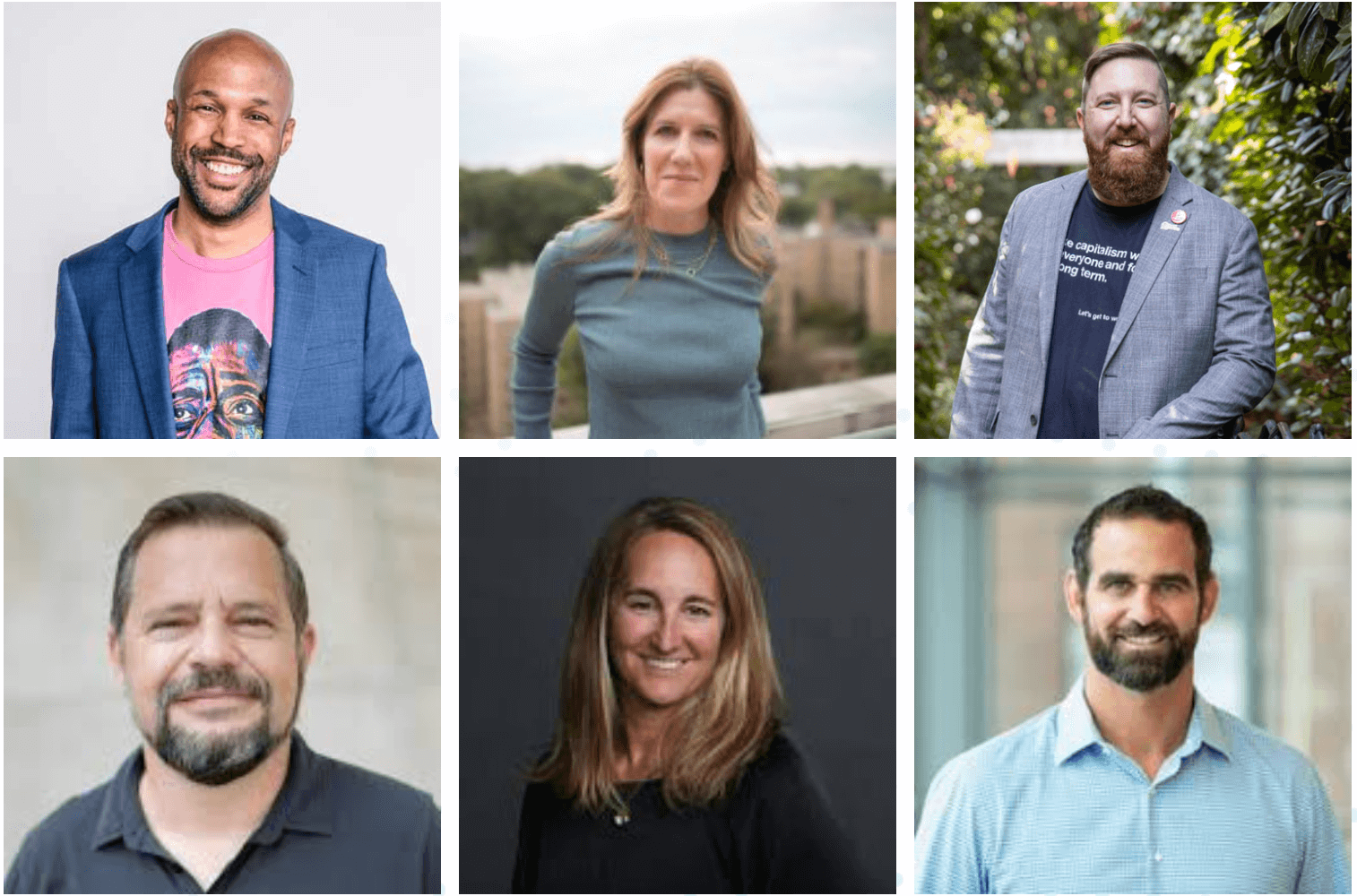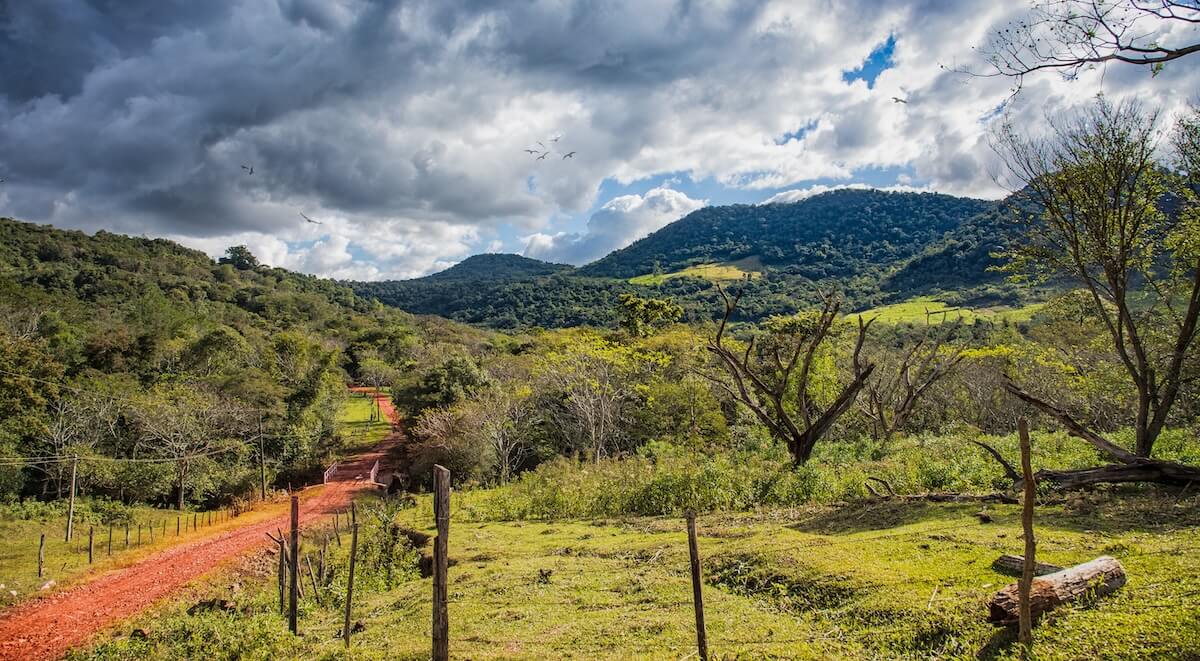The history of the 21st century will show that early in the second decade, pension and sovereign wealth funds that own the world’s largest pools of assets started slowly but decisively to shift their capital toward a low-carbon, socially inclusive, sustainable future.
The $70 trillion question is whether such “universal owners” will double down on a better future in the decade ahead. When the world’s biggest investors tip, much of the rest of the capital markets will follow.
Pension funds were not interested in values-aligned investing when it was driven by aspirational, wishful thinking or, even worse, do-gooder advocacy.
They went from laggards to leaders when they assessed their portfolios against their long-term obligations, most obviously to pay out pensions to retirees decades in the future. There are few asset owners that don’t agree that between physical, policy and market changes, global warming will affect the investment landscape over the next 20 years. Likewise social instability driven by extreme income inequality will erode the value of institutional assets over time.
That makes sustainability selfish and unsustainability a major risk factor. That realization has been strongest among the biggest asset owners — those with assets of more than $100 billion or so — who are so broadly diversified that they can’t duck the coming dislocations. In economic terms, there are no “externalities,” positive or negative, for these big owners. “Owning the world” means institutional asset owners have a stake in its viability.
Institutional capital holders that have identified themselves in some way as universal owners include Norway’s sovereign wealth fund, CalPERS in California, Canada’s CPP Investment Board, ERAPF in France, the New Zealand Superannuation Fund and PGGM in the Netherlands.
So what do such universal owners do now? The safe path is to buy some low-cost “insurance” to start to future-proof the portfolio. That’s what New York State’s $184 billion Common Retirement Fund did with a low-carbon index fund developed by Goldman Sachs Asset Management. The pension fund committed $2 billion to the index, which claims to reduce carbon emissions by 70 percent while tracking roughly even with mainstream market benchmarks.
Others are making a more active bet on the future direction of progress on climate action or income equality or sustainable development more broadly. That’s not fundamentally different than having a view about interest rates or the Euro or election results. The thinking is, “The world is moving there. Therefore the opportunities — and the risks — are there,” John Goldstein, a managing director at Goldman Sachs, told ImpactAlpha. “The upshot is you’d be more invested. You’d be making an active bet.”
PGGM, along with APG, one of the world’s largest asset managers, is shifting assets to explicitly align with the 17 Sustainable Development Goals, the ambitious targets global leaders committed to meet by 2030. Others, such as CalSTRS, California’s other big public pension fund, are stepping up their shareholder activism.
It’s important to note, Goldstein says, that the global progress investment thesis need not be aspirational. “They could say, ‘We do think the world will manage toward a 2-degree budget.’ Or on the people side, ‘The world will make material progress on the Sustainable Development Goals and make the investments required to do so.’”
That is how optimism about the future can become self-fulfilling and, conversely, why a pullback from globally-agreed goals is so dangerous.
“This shift in political landscape is a call to action… to focus the power of thoughtful and responsible capital markets facilitating solutions to the most critical imperatives of our time,” Erika Karp, founder and CEO of Cornerstone Capital, a sustainable investment advisor and asset manager, wrote in a note to clients. Politics aside, “The rising influence of universal owners and advisors with a fiduciary duty to their clients,” Karp says, will continue to move the needle toward sustainable investing.











